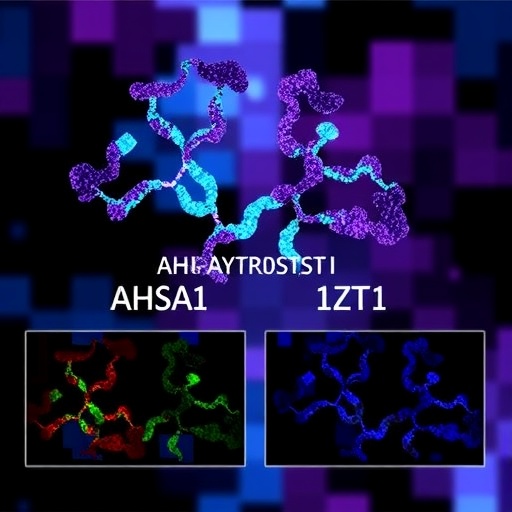A group of researchers at the Spanish National Cancer Research Centre (CNIO) have identified a protein called RanBP6 as a new regulator of EGFR. In a paper published in Nature Communications they show how silencing of RanBP6 promoted glioma growth, by upregulating EGFR expression. Moreover, reconstitution of RanBP6 in a mouse xenograft model leads to reduction in tumor growth. Authors state that these findings might have "important clinical implications".
Malignant brain tumors represent about 3% of the known cancers and every year about 100,000 new cases are diagnosed worldwide. Glioblastoma is the most common and lethal primary central nervous system tumour in the adults. A decade of studies has underlined the complexity of the glioma genome, however, the functional significance of the vast majority of the genetic alterations remains elusive.
The Seve Ballesteros Foundation-CNIO Brain Tumor Group, headed by Massimo Squatrito, in collaboration with the laboratory of Ingo Mellinghoff at the Memorial Sloan-Kettering Cancer Center (MSKCC) in New York (USA), has now uncovered a novel mechanism that contributes to prevent glioblastoma development.
The epidermal growth factor receptor (EGFR) plays a critical role in normal development and in human cancer. EGFR is one of the first receptor tyrosine kinases linked to human cancer and represents an important drug target in oncology. Aberrant activation of EGFR in cancer stimulates tumour growth and is primarily attributed to increased gene copy numbers or gain-of-function mutations. However, it can also result from defects in EGFR feedback regulation.
Barbara Oldrini and Wan-Ying Hsieh, co-lead authors in the study, have discovered a novel layer of complexity in the regulation of EGFR. Oldrini and colleagues have identified a previously uncharacterized protein – RanBP6 -, as a modulator of EGFR expression. The authors show that RanBP6 is an importin family member that regulates the nuclear import of signal transducer and activator of transcription 3 (STAT3). RanBP6 silencing impairs STAT3 nuclear translocation, leading to transcriptional depression of EGFR and increased EGFR pathway output.
"Our studies showed for the first time that STAT3 is a direct inhibitor of EGFR expression. I believe this has important clinical implications: STAT3 inhibitors are currently being investigated for the treatment of glioblastoma and other tumor types. Inhibiting STAT3 signaling could lead to an undesired activation of EGFR signaling", says Massimo Squatrito.
Focal deletions of the RanBP6 locus were found in a subset of glioblastoma patients and silencing of RanBP6 promoted glioma growth in glioma mouse model, by upregulating EGFR expression. Moreover, reconstitution of RanBP6 in human glioma cell lines that lack its expression lead to reduction in tumor growth in a xenograft mouse model.
"Our results provide an example of EGFR deregulation in cancer through silencing of components of the nuclear import pathway. We have identified a new link between the Ran-GTPase nuclear transport pathway and key cancer signaling pathways which warrant further study as inhibitors targeting nuclear transporters enter clinical evaluation as cancer therapeutics ", says Barbara Oldrini.
###
Media Contact
Cristina de Martos
[email protected]
34-917-328-000
@CNIO_Cancer
https://www.cnio.es/ing/publicaciones/novel-mechanism-that-protects-from-glioblastoma-identified
Related Journal Article
http://dx.doi.org/10.1038/s41467-017-02185-w




